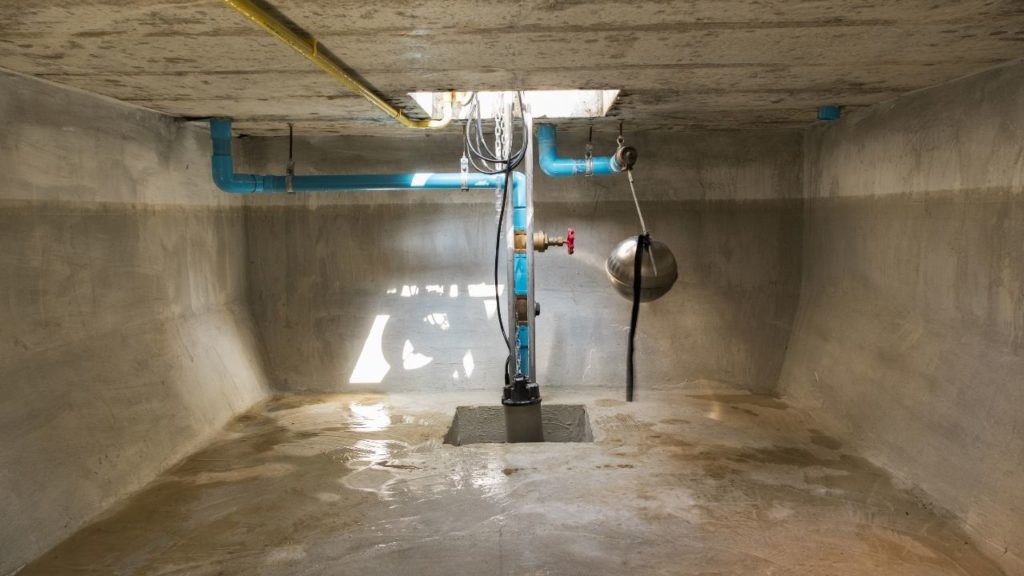
How Updating Your Municipal Pump Systems Could Help Save You Money
Most of us simply turn a faucet and enjoy clean water for drinking, washing, bathing, and cooking—and we often take this for granted. But there’s a lot to think about when it comes to municipal water systems. Many civilians never see all the complex pumping stations underground. Whether they get their water from rivers, reservoirs, groundwater, or the Great Lakes, Americans rely on wide-ranging water infrastructure operating out of sight.
If you’re a decision-maker for your city, town, or village, you should learn how updating your municipal pump systems could save money—and maybe even make things more affordable for fellow citizens.
Out With the Old, in With the New
Water infrastructure tends to be old. Look no further than the astonishing number of lead pipes still in the ground after we determined that lead is one of the most pernicious neurotoxins on the planet. Old pumps are prone to frequent difficulties, calling for frequent maintenance and repairs. By switching over to new pumps, an upfront investment will save your city money down the road—an important consideration for future budgets.
Reduce Your Own Utility Bills
Newer pumps are often more energy efficient than their predecessors. Just as citizens have to pay their water bills, municipalities have to pay bills of their own to keep providing services. By reducing energy consumption at the pumping station, updating your municipal pump systems could help you save money in the long run. At the same time, you’ll do your part to use less electricity and conserve natural resources.
Get Pumped With Moley
Moley Magnetics has partnered with Peerless Pumps to aid local governmental bodies in efficiently and reliably keeping water systems running in North America. Moley now offers Peerless pumps for sale alongside their electromagnetic and electric motor offerings, helping to keep municipal facilities current in distributing and treating their water supply. Browse our collection today to find the pumps that best suit your stations.

